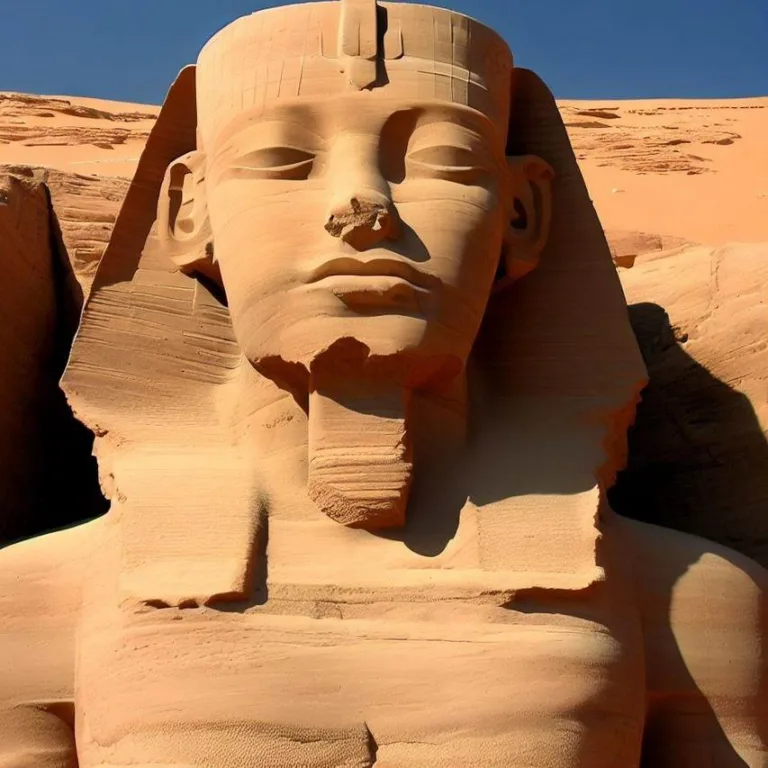Welcome to our in-depth exploration of the awe-inspiring wonder that is Abu Simbel. This monumental site stands as a testament to ancient architectural brilliance and the profound historical significance of the ancient Egyptian civilization. Let’s delve into the rich history, intricate design, and cultural significance that make Abu Simbel an enduring marvel.
The grandeur of abu simbel
Abu Simbel, located in southern Egypt near the border with Sudan, is a complex of two remarkable temples carved into the mountainside during the reign of Pharaoh Ramesses II in the 13th century BCE. The main temple, dedicated to the gods Ra-Horakhty, Amun, and Ptah, is accompanied by a smaller temple dedicated to the Pharaoh’s beloved wife, Queen Nefertari.
What truly sets Abu Simbel apart is its colossal rock-cut statues that guard the temple’s entrance. Four 20-meter-tall statues of Pharaoh Ramesses II sit majestically, projecting an aura of power and authority. The intricate details of their facial expressions, regal attire, and symbolic ornaments showcase the advanced artistic skills of the time.
Architectural marvel
The construction of Abu Simbel was a feat of engineering mastery. The temples were carefully carved out of the sandstone cliffs to align with the sun’s movement. Twice a year, on February 22nd and October 22nd, the rising sun illuminates the inner sanctum, illuminating the statues of the deities seated within, while the statue of Ptah, the god of darkness, remains in shadow. This alignment marks the birthday and coronation day of Ramesses II.
The precision with which the ancient architects calculated this alignment underscores their deep understanding of astronomy and architectural planning. It’s a testament to their reverence for deities and their desire to showcase the pharaoh’s divine connection.
Cultural and historical significance
The temples at Abu Simbel are more than just architectural marvels; they hold immense cultural and historical significance. These temples were not only dedicated to deities but also served as a political statement. Ramesses II aimed to demonstrate his authority and military prowess to potential invaders by showcasing the might of his empire through these grand structures.
The relocation of the temples in the 1960s due to the construction of the Aswan High Dam was an international effort to preserve this invaluable heritage. UNESCO, along with various countries, contributed to disassembling and reassembling the temples in a higher location, ensuring they remained unharmed by the rising waters of the Nile.
Frequently asked questions
Q: How were the temples of Abu Simbel relocated?
A: The relocation involved cutting the temples into massive blocks and reassembling them in a higher position using advanced engineering techniques.
Q: What was the purpose of the sun alignment in the temples?
A: The sun alignment served as a tribute to the gods and a way for the pharaoh to showcase his divine connection and power.
Q: How can I visit Abu Simbel?
A: Abu Simbel is accessible by air or by organized tours from Aswan. The temples continue to be a popular tourist destination, allowing visitors to marvel at ancient Egyptian craftsmanship.
In conclusion
The enduring wonder of Abu Simbel stands as a testament to human ingenuity, artistic brilliance, and historical significance. Its colossal statues, intricate architecture, and cultural importance continue to inspire and captivate people from around the world. As we explore this magnificent site, we’re reminded of the remarkable achievements of ancient civilizations and the importance of preserving their legacy for generations to come.
Viz také:






